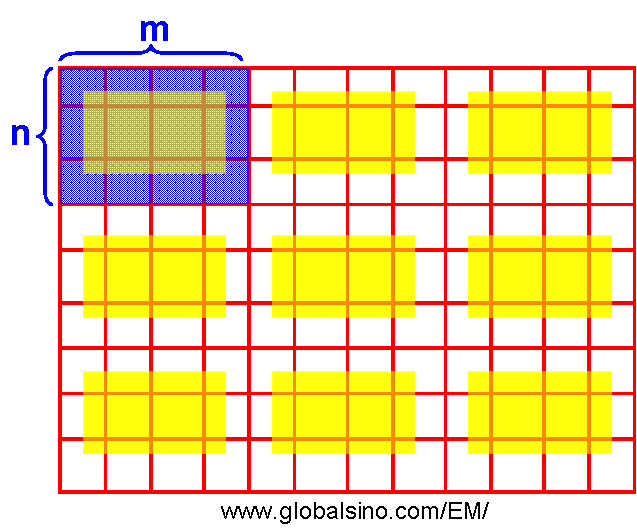|
|
Noise Reduction by Binning in CCD Camera
- Practical Electron Microscopy and Database -
- An Online Book -
|
|
https://www.globalsino.com/EM/
|
|
This book (Practical Electron Microscopy and Database) is a reference for TEM and SEM students, operators, engineers, technicians, managers, and researchers.
|
=================================================================================
The noise sources in a CCD camera can be categorized by the two groups: i) Integration time dependent noises and ii) Readout noise. A significant advantage of binning is that the noise can be reduced by combining charges from adjacent pixels into a single storage well. According to the theory of uncertainty propagation, which assumes that the inherent noise in a constituent pixel is independent of the noises presented in any other pixels, for a set of n × m binned pixels (shown in Figure 3963), the overall amount of the noise in the binned pixel becomes (n x m)0.5 times larger than the noise of each constituent pixel. However, since the exposure time must be decreased by n × m times to avoid CCD saturation, the net noise in the super pixels will be decreased to (n x m)-0.5, namely (n x m)0.5/(n x m). Therefore, the signal to noise ratio (SNR) can be improved significantly.

Figure 3963. Schematic representation of n × m binning mode. A small red square here
represents an original pixel before binning and the blue region represents a pixel after binning.
|
=================================================================================
The book author (Yougui Liao) welcomes your comments, suggestions, and corrections, please click here for submission. If you let book author know once you have cited this book, the brief information of your publication will appear on the “Times Cited” page.
|
|
